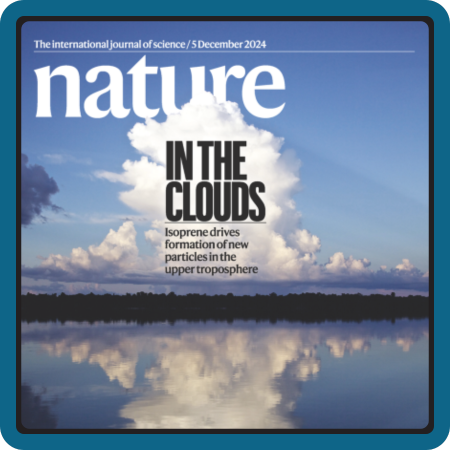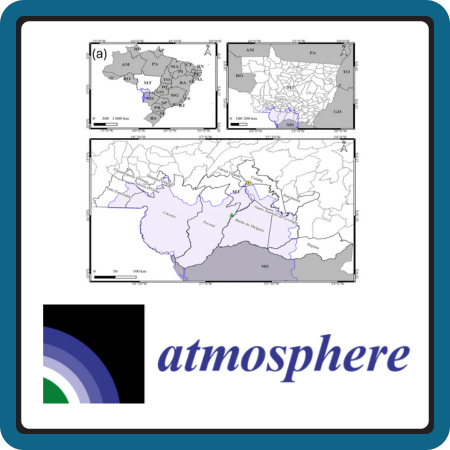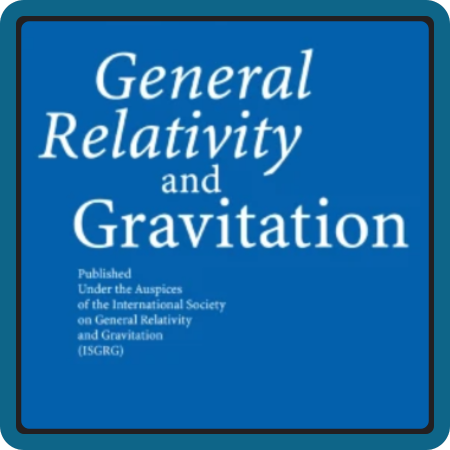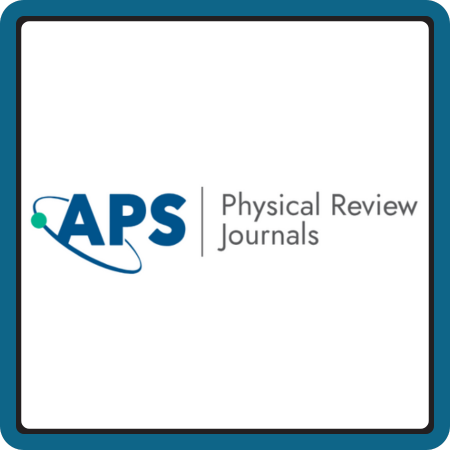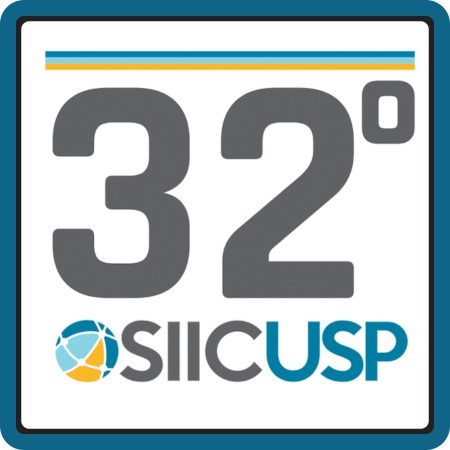
Os trabalhos que se destacaram na primeira fase do Simpósio já estão qualificados para participação na fase internacional. Parabéns aos estudantes e orientadores!
--
• Breno Popowicz Pereira
Projeto: Uma Busca por Aglomerados Estelares Jovens com Métodos de Aprendizado de Máquina
Orientação: Phillip Andreas Brenner Galli
• Daniel Carlos Souza Santos
Projeto: Previsão do Gap de Banda de Semicondutores Utilizando Aprendizado de Máquina
Orientação: Gustavo Martini Dalpian
• Gabriel Brito Granado
Projeto: Reconhecimento de Padrões em Imagens de Espalhamento e Difração de Raios X
Orientação: Cristiano Luis Pinto de Oliveira
• Isabela Alves Ferreira
Projeto: Correlação entre a termoluminescência e a luminescência opticamente estimulada do quartzo rosa
Orientação: Neilo Marcos Trindade
• Joaquim de Paula Barros Sousa
Projeto: Simulações computacionais no estudo das propriedades mecânicas de hidrocarbonetos em condições extremas planetárias
Orientação: Caetano Rodrigues Miranda
• José Montenegro Brandão Neto
Projeto: Montagem de um sistema compacto para desenvolvimento de instrumentação nuclear
Orientação: Leandro Romero Gasques
• Kaique Albuquerque
Projeto: Estudo da produção de feixes radioativos ricos em prótons no sistema RIBRAS
Orientação: Osvaldo Camargo Botelho dos Santos
•Kerolayne Liz Garcia Cori
Multiculturalismo no Ensino de Ciências da Natureza: Análise da construção de um curso para formação de professores
Orientação: Cristina Leite
• Lucas Alves Leite
Projeto: Aplicações de computação quântica em ciência de materiais para catálise: avançando no design eficiente de catalisadores
Orientação: Alberto Torres Riera Junior
• Luiza Olivieri Ponte
Projeto: Forecast para o radiotelescópio BINGO na perspectiva de Interação entre Energia e Matéria Escura
Orientação: Elcio Abdalla
• Nycholas Guedes Rufini
Dinâmica do modelo de Vallis para o El Niño com perturbação periódica
Orientação: Ibere Luiz Caldas
• Pedro Sviatopolk Mirsky Scarazzato
Avaliação de um sistema de leitura sensível à posição (2D) para detectores tipo GEM baseado no chip SAMPA
Orientação: Marco Bregant
• Raphael Lima Alves
Projeto: Otimização de protocolos experimentais para estudos de sistemas com instrumentos SAXS em laboratório
Orientação: Cristiano Luis Pinto de Oliveira
• Vinicius Ferreira El-helou
Inovações no sistema de mapeamento 2D de XRF para estudo de objetos do patrimônio cultural
Orientação: Marcia de Almeida Rizzutto
• Vinicius Maia Neto
Estudo e Previsão de Descargas Disruptivas no Tokamak TCABR utilizando Técnicas de Aprendizado de Máquina
Orientação: José Helder Facundo Severo
• Wagner Henrique Marques
Projeto: Pro Desenvolvimento de objetos simuladores antropomórficos para aplicações em diagnóstico por imagem de tórax e abdome
Orientação: Neilo Marcos Trindade
• Yasmim Freire Amorim
luminescência opticamente estimulada da alexandrita natural: um estudo LM-OSL
Orientação: Neilo Marcos Trindade
 O LabDiv – Expressão e Divulgação busca desenvolver competências de comunicação científica junto à comunidade do Instituto de Física da USP; modelo é inspirado em experiência no Massachusetts Institute of Technology (MIT).
O LabDiv – Expressão e Divulgação busca desenvolver competências de comunicação científica junto à comunidade do Instituto de Física da USP; modelo é inspirado em experiência no Massachusetts Institute of Technology (MIT).

